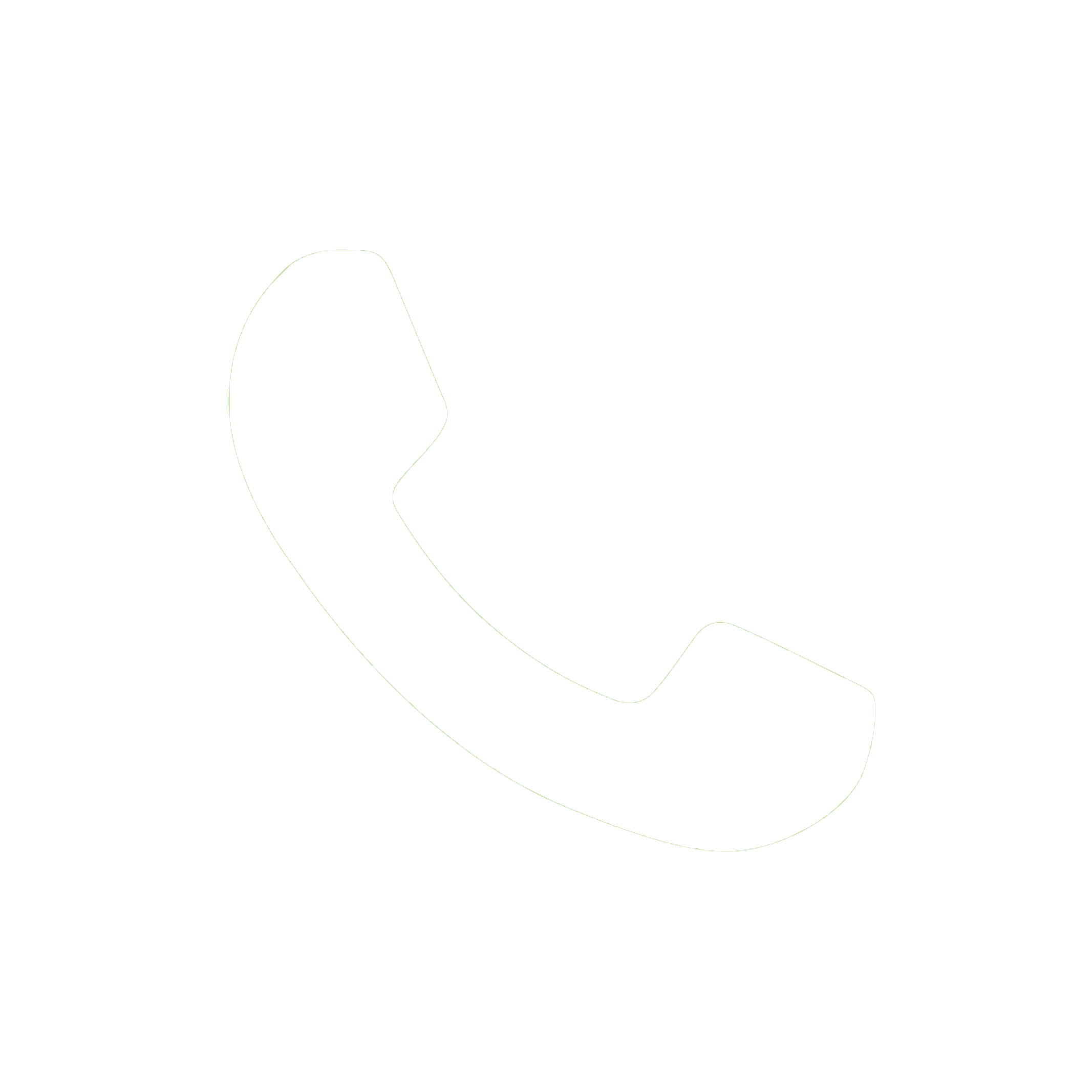ElectroOculoGraphy (EOG) Eye-Tracking for Virtual Reality Headsets
The challenge
Among eye-tracking methods, ElectroOculoGraphy (EOG) is cheaper and easier to produce and operate, while still being highly accurate. EOG consists in acquiring signals of eye rotations with electrodes placed on the skin around the eyes. These electrodes can be efficiently integrated in a VR headset on the foam mask surface. In order to receive EOG signals, a stable contact between electrodes and the skin must be assured. Standard VR headset masks do not provide uniform contact for all users, due to high variability of the human face shape. For this reason, a re-design of the foam mask part is necessary.
The solution
In order to assure contact between electrodes and user’s skin, the VR headset foam mask was re-designed into three sizes that could better accommodate the variability of the users’ face. This design was backed by an advanced 3D anthropometric analysis. Electronics and materials were researched and a final prototype was built with the purpose of demonstrating the integration of EOG into a VR headset and conduct user-tests. Finally, testing was successful to prove that with such electronics and sizing system, stable EOG signals are provided for all subjects tested, chosen to vary in gender, nationality and facial anthropometry.

